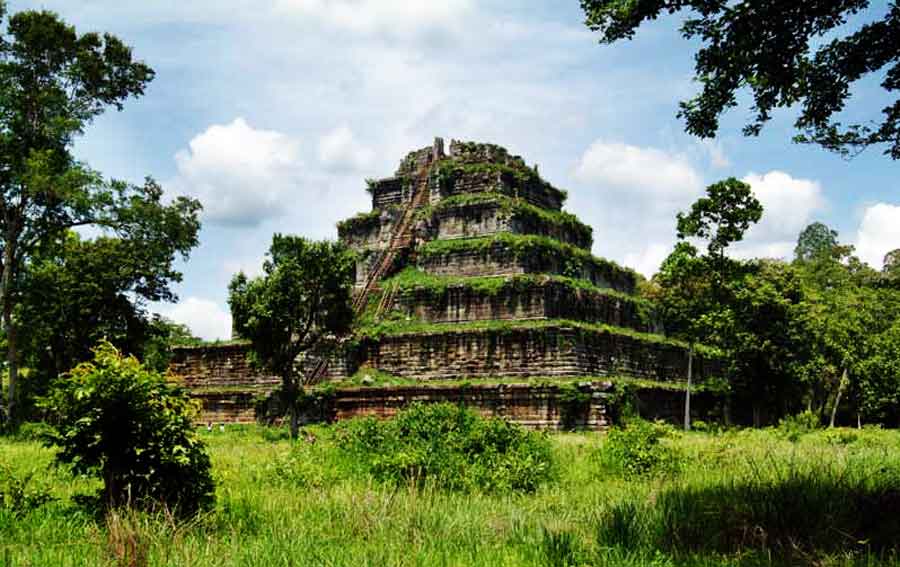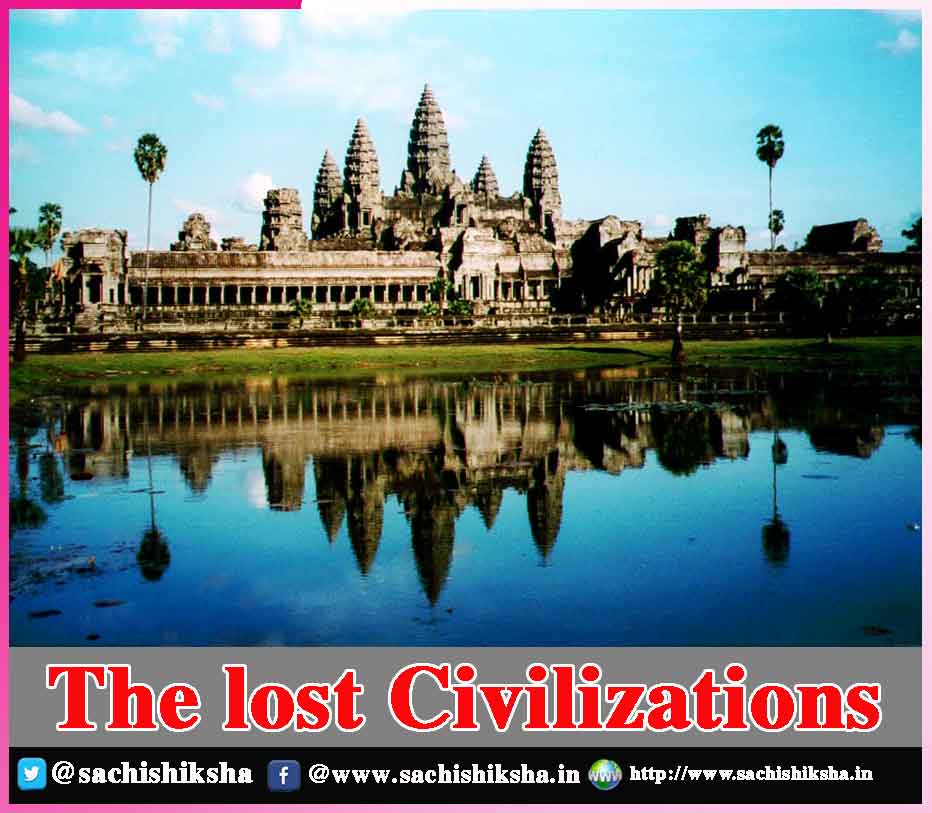The lost Civilizations
“Civilization begins with order, grows with liberty, and dies with chaos.”
Table of Contents
Will Durant
What are lost civilizations? If civilizations were ‘lost’, where did they come from and where did they go? How did such thriving communities suddenly cease to exist? And I am not only talking about the physical disappearance, but these communities also seem to be erased from the memories of the survivors or those people who interacted with them? Astounding, isn’t it?
Also Read:
- Keeladi | The Oldest Civilization Actually from India
- The Names of Cities in India are Also Found in Other Countries
- 10 Amazing Facts About Jammu and Kashmir
- Why Culture of South America is in Line with Spain and Portugal
- Lost Lands (Dwarka, Kumari Kandam)
Human life began in a single remote location and there have been too many discoveries made to support this theory. A concept which is hard to integrate into demonstrable history is that timelines may be off by many thousands of years and this is suggested by the Lost Civilizations. There are multiple definitions for the word ‘civilization’ but what is meant to be civilized does not equal to the organization of villages or cities. Now the question arises is that if the previous complex organizations disappeared, more often with no immediate trace, could the same thing happen to our current civilization? It’s a very controversial thing, right?

Let’s now talk about our previous civilizations that have long been disappeared but still ignite a flame in us to know more about it.
The Maya –
an empire which at its height extended throughout the Yucatán Peninsula, modern – day Guatemala, Belize, and parts of Mexico. It was the most dominant civilizations of its time. They had such remarkable engineering skills and were quite handy in complex mathematics. We could say they were quite advanced.
But unfortunately, the civilization appeared unable to sustain itself and in 900 CE, they experienced a dramatic decline of them. Because of the ongoing war coupled with climate changes that resulted in famine, forcing an exodus from their largest cities, archeologists believed that the Maya were the victims of all these. The other cause might be the demolishment of the countryside, resulting in diminishing resources.
The Khmer Empire –
an empire which had spread across modern – day Cambodia, which is on the other side of the world. It`s one of the largest cities was Angkor. The estimated population of the city was as many as one million people. They also had an extensive system of roads and canals. Khmer empire was at its height between 1000 and 1200 CE. The cause of the disappearance of the civilization still remains a mystery. But there are many theories behind why the civilization disappeared from war to environmental catastrophe. But nobody who still exists knows the real cause of it. They are all just assumptions.
The Indus Civilization –
an empire which extends over parts of India, Pakistan, and Afghanistan. Harappan Civilization is the other name by which it is known by. The population was as many as five million people. This civilization was the one of the largest in ancient history. The civilization possessed some of the world’s most impressive architecture at its height. There were also some other achievements. It disappeared approximately 3000 years ago. But again, the cause of its disappearance remains a mystery to us to unravel. There are several theories behind the cause of its disappearance. One of them is that it became victim to the climate change that resulted in drought and famine.
Easter Island –
it was home to a thriving Polynesian Civilization that first settled around the island about 700 CE. The island is also known as Rapa Nui. It is famous for the massive stone heads that line its coast. The residents of the island were also quite advanced. They were skilled navigators of the sea and also demonstrated some advanced abilities. There are several speculations that led to the civilization’s decline from its diminishing natural resources to diseases and some other factors. But the real cause is again that no one knows about it.
Çatalhöyük –
the world’s oldest city, extending over modern – day south – central Turkey. Between 9,000 and 7,000 years ago, flourishing of Çatalhöyük which was a part of an extensive civilization took place and then it suddenly disappeared. In Çatalhöyük, there were hive like structures and that’s what made this a unique city. The houses are constructed next to each other and entered through holes in the roof, accessed via ladders and aerial walkways. The people who now remain just in history left behind a wealth of items detailing their lives and rituals.
Mississippians –
it extends over many parts of the American Southeast and mid-continent from about 700 CE until European contact and colonization. The civilization is popularly known for its agrarian society. Cahokia, which is one of the largest cities, was located near modern – day Collinsville, Illinois. It featured a massive central plaza, large earthen pyramids, and wood structures similar in shape to Stonehenge that were used to track the stars, estimated at six squares miles. The exact number of population of Cahokia is not provided but some people estimated the population of Cahokia to be around 40,000 with many living in villages outside the city.
Gradually, the Mississippians started declining which eventually, led to their demise. But as usual, experts don’t know with certainty the cause of their demise. Several popular theories have been made up by the experts suggesting that the decline was the result of environmental degradation or of famine and diseases resulting from poor sanitation.
I’m sure there are more lost civilizations waiting for us to unravel their mystery but this article is too short to include all of them. Do you all know what led to the myth of “Lost Civilization” before modern scientific archaeology? Just ruins and some obscure clues. It’s really a shame that such enormous, advanced and crafty civilizations now just remain in the pages of history books.












































